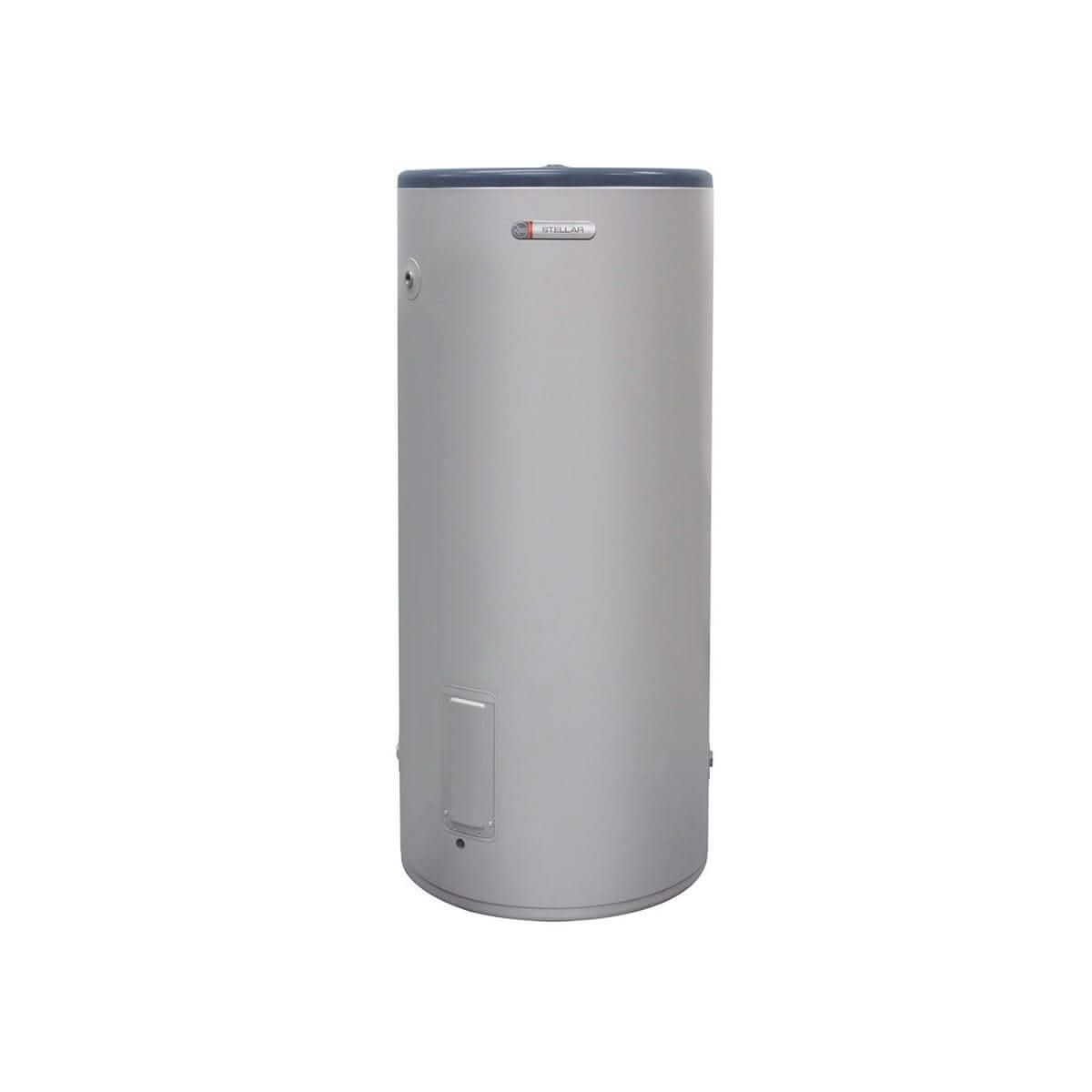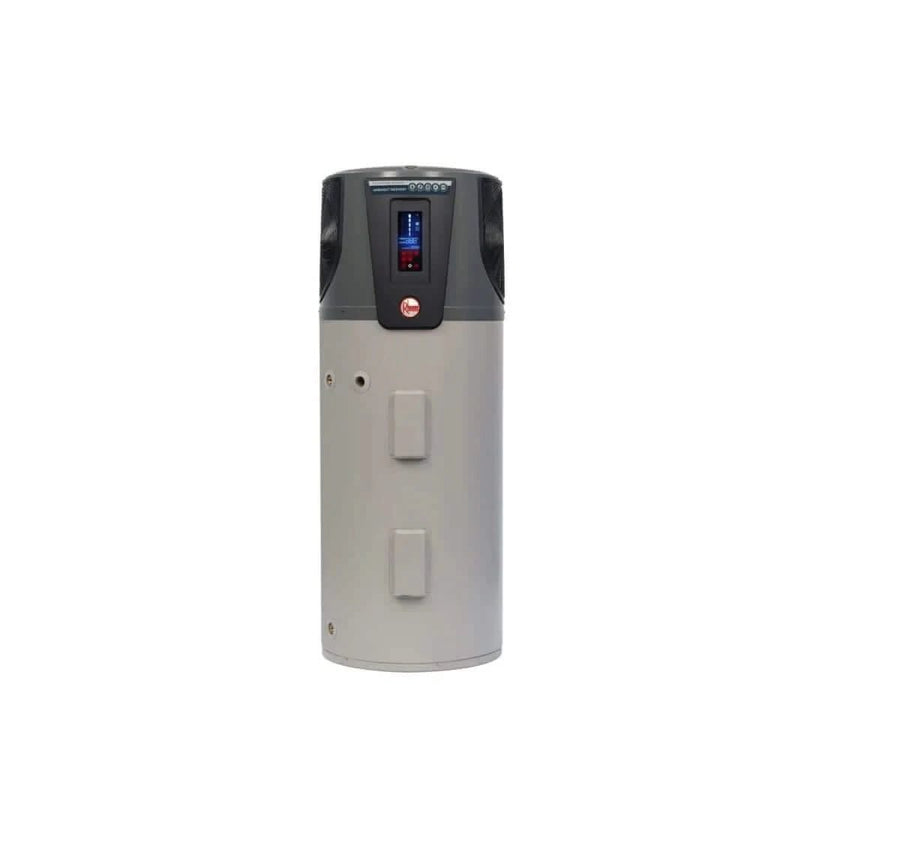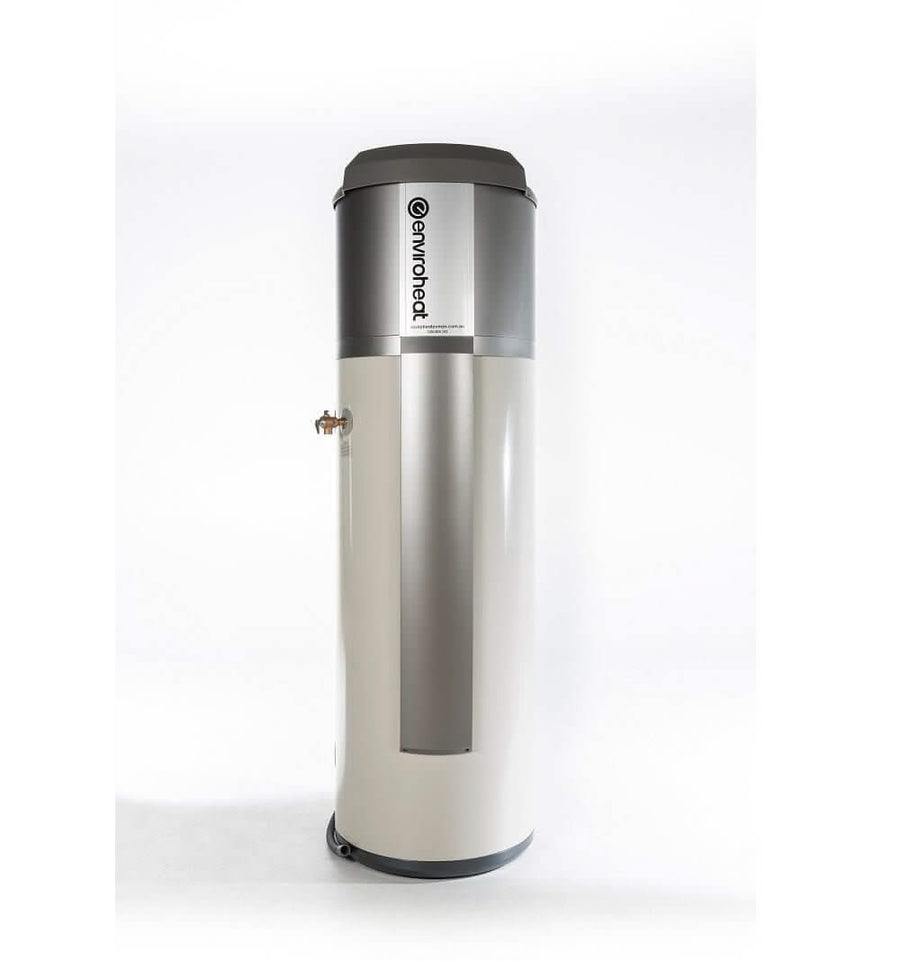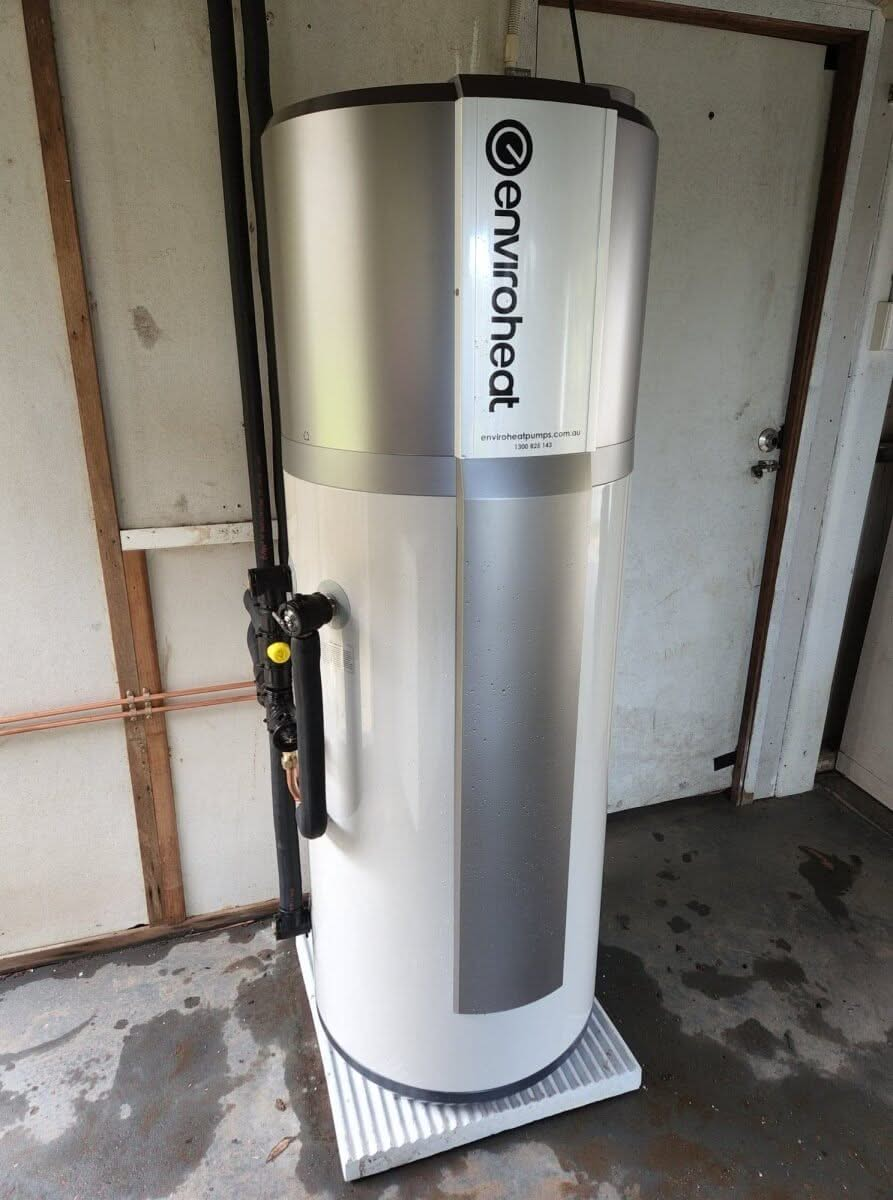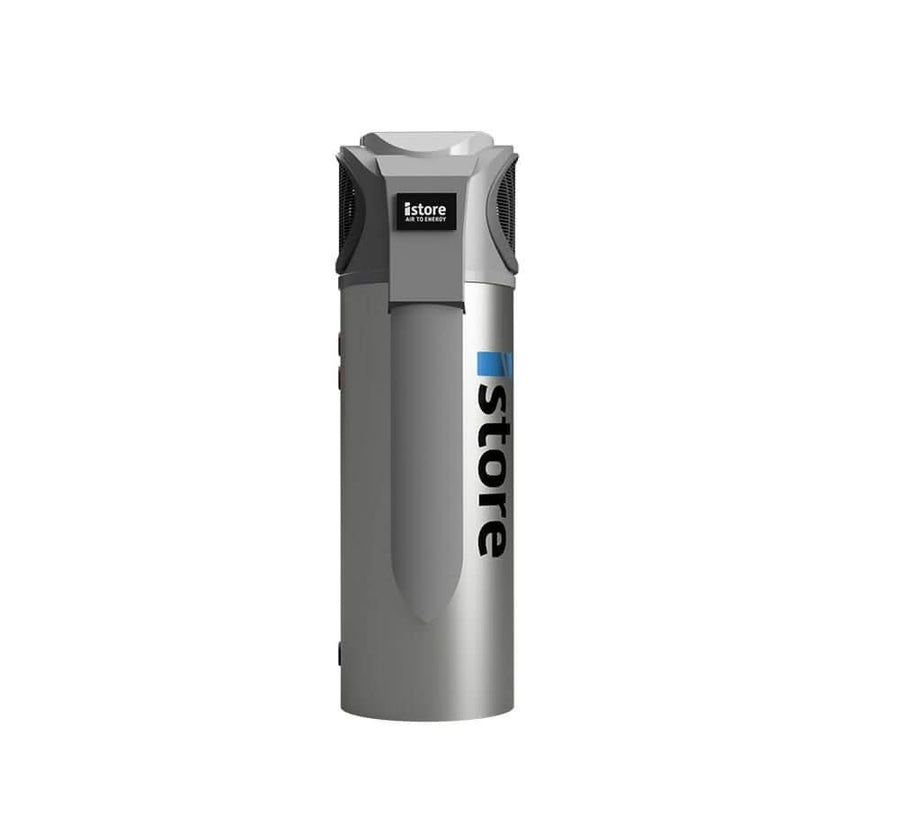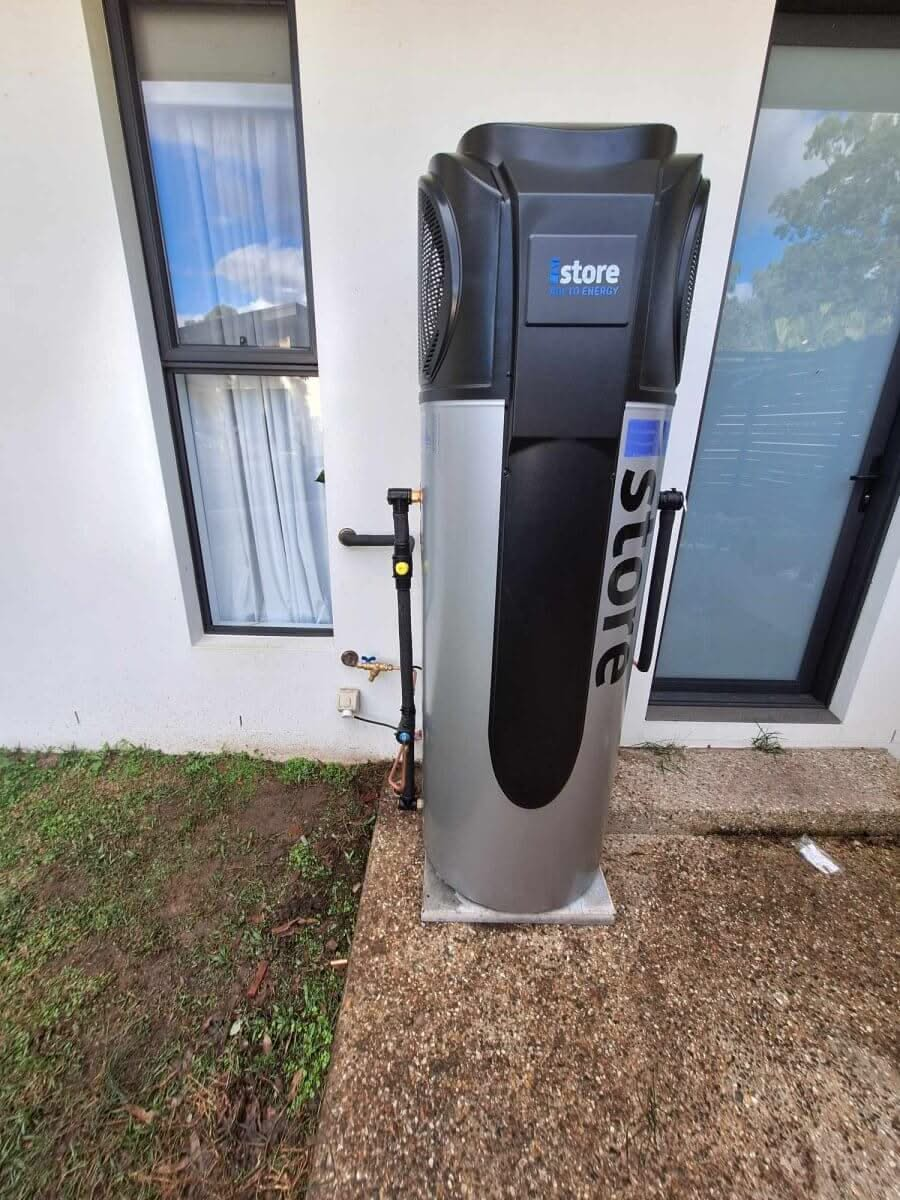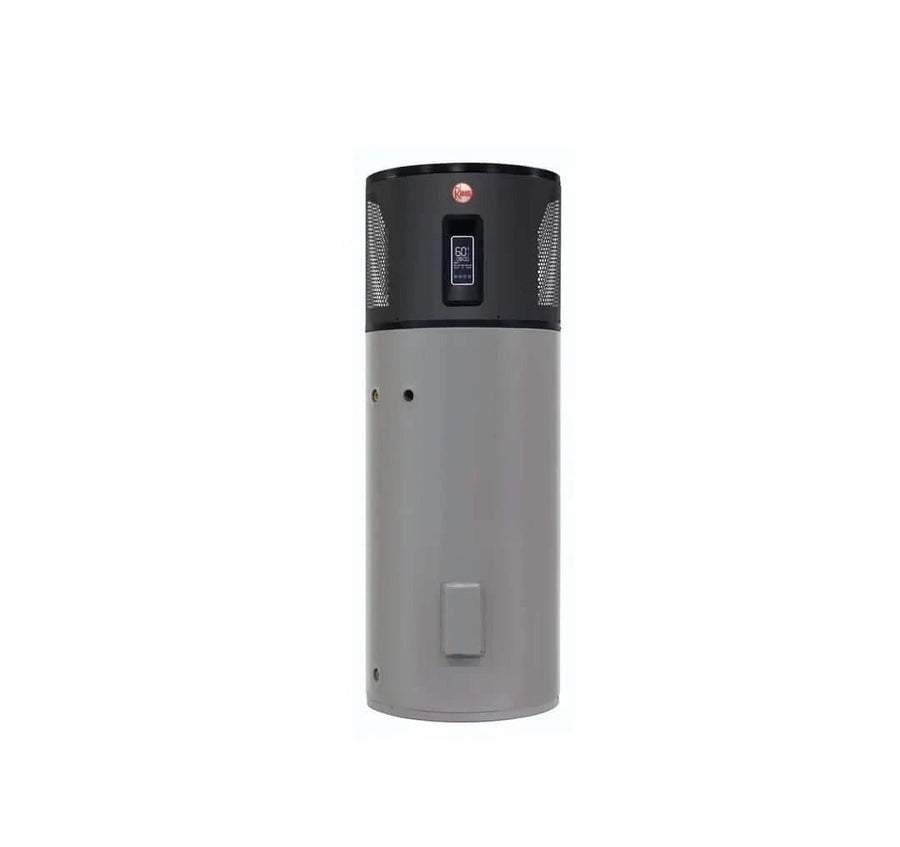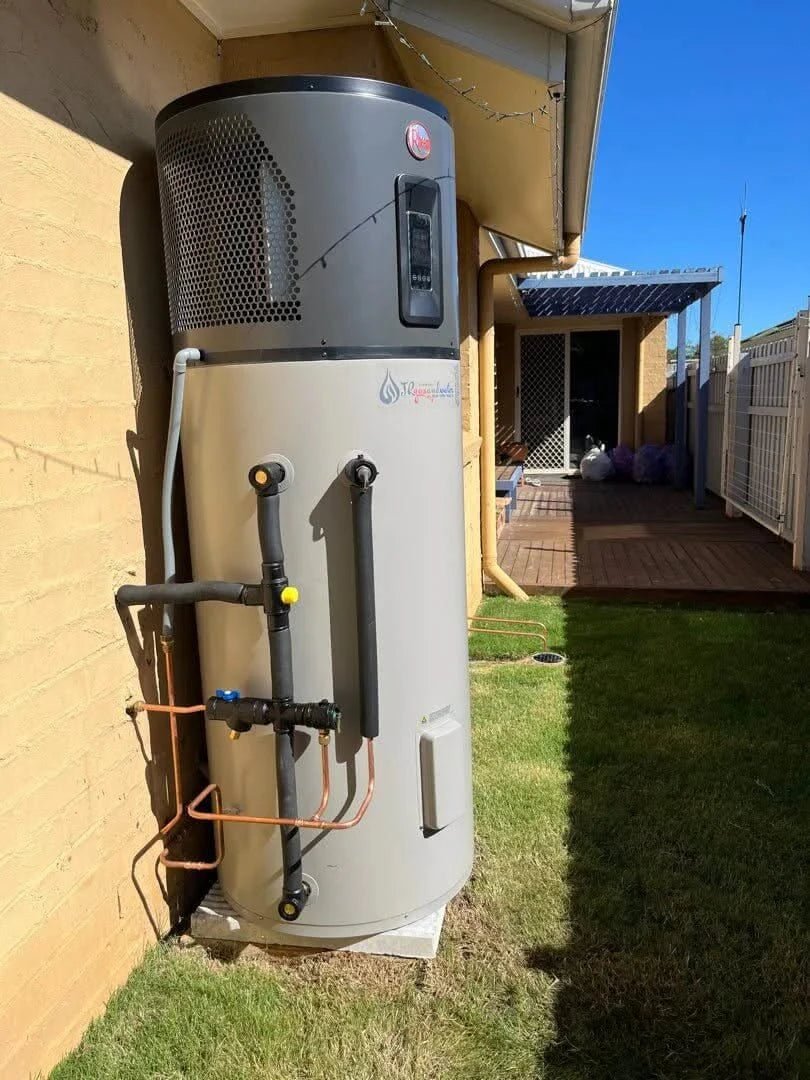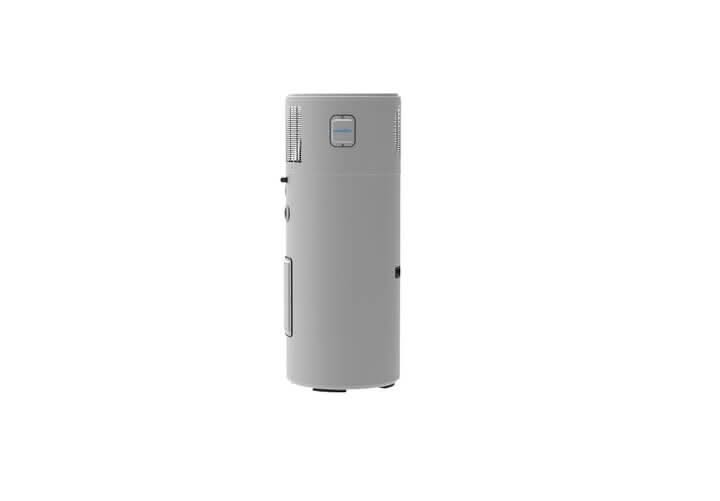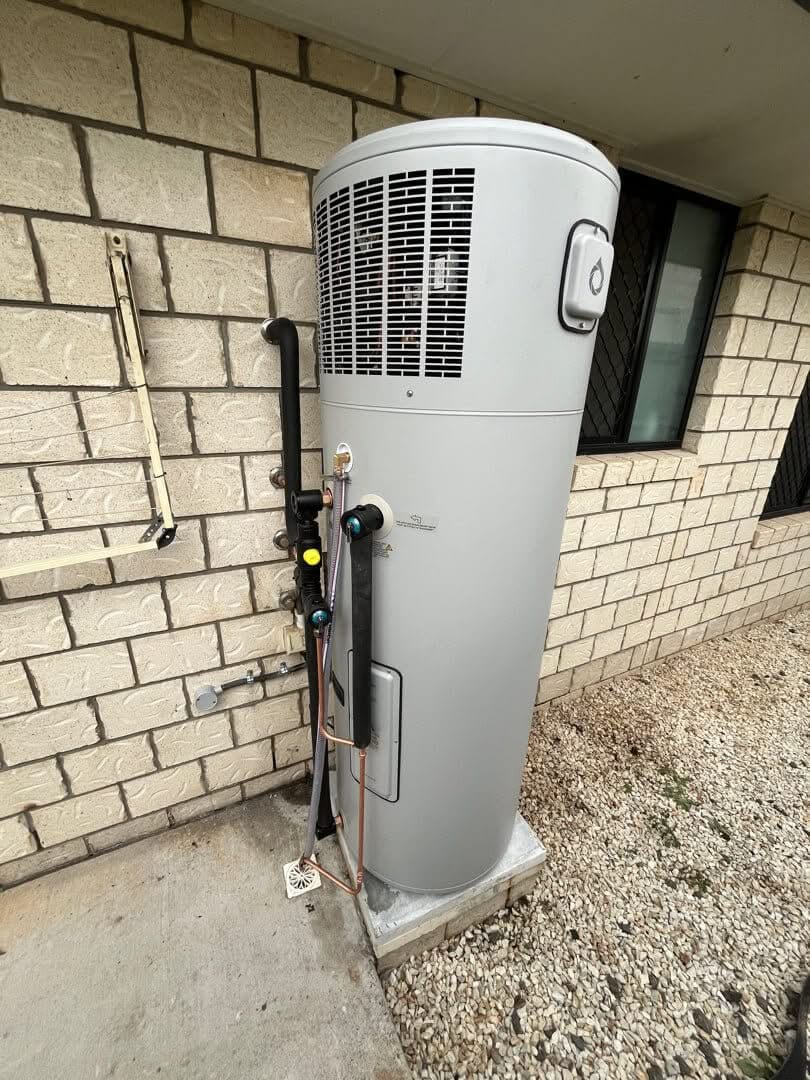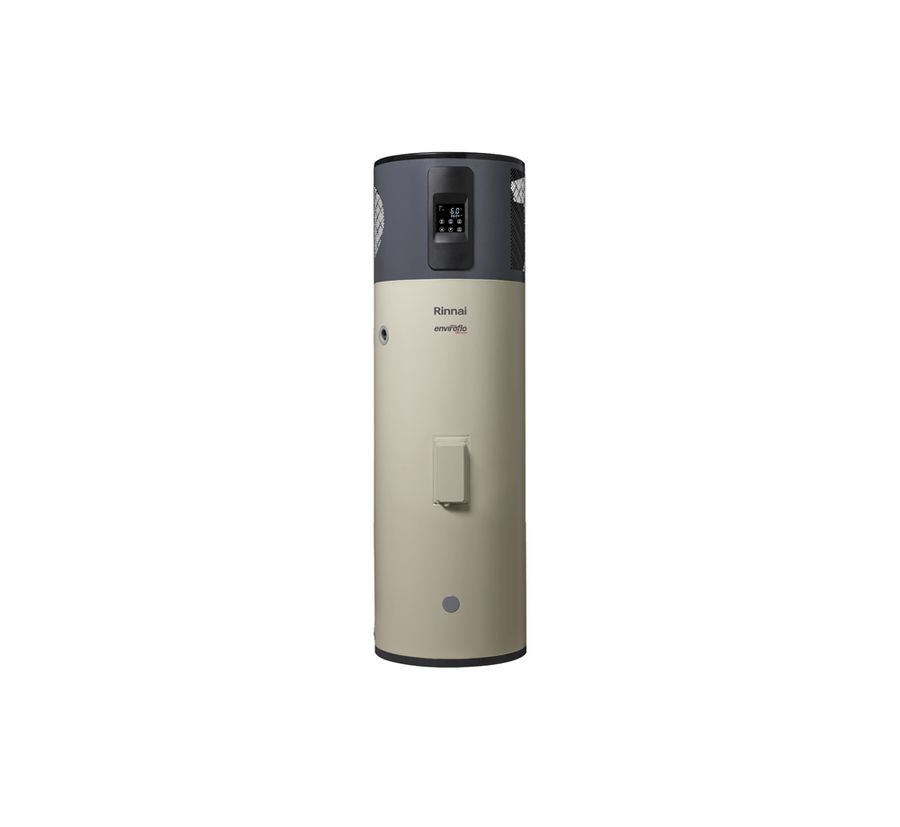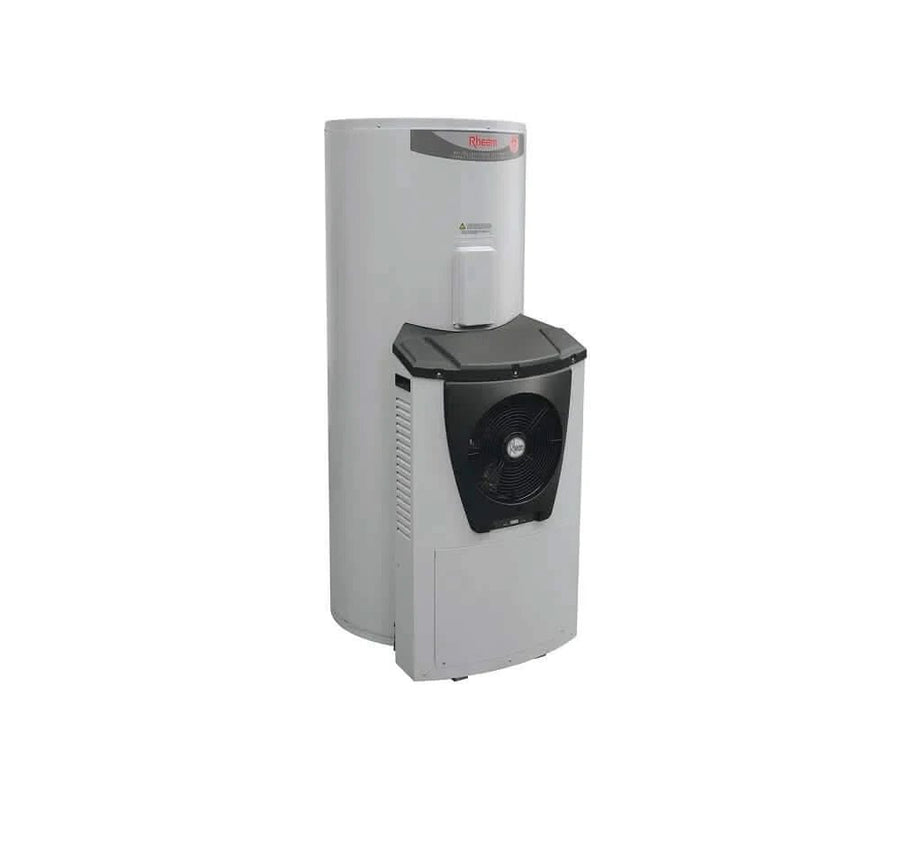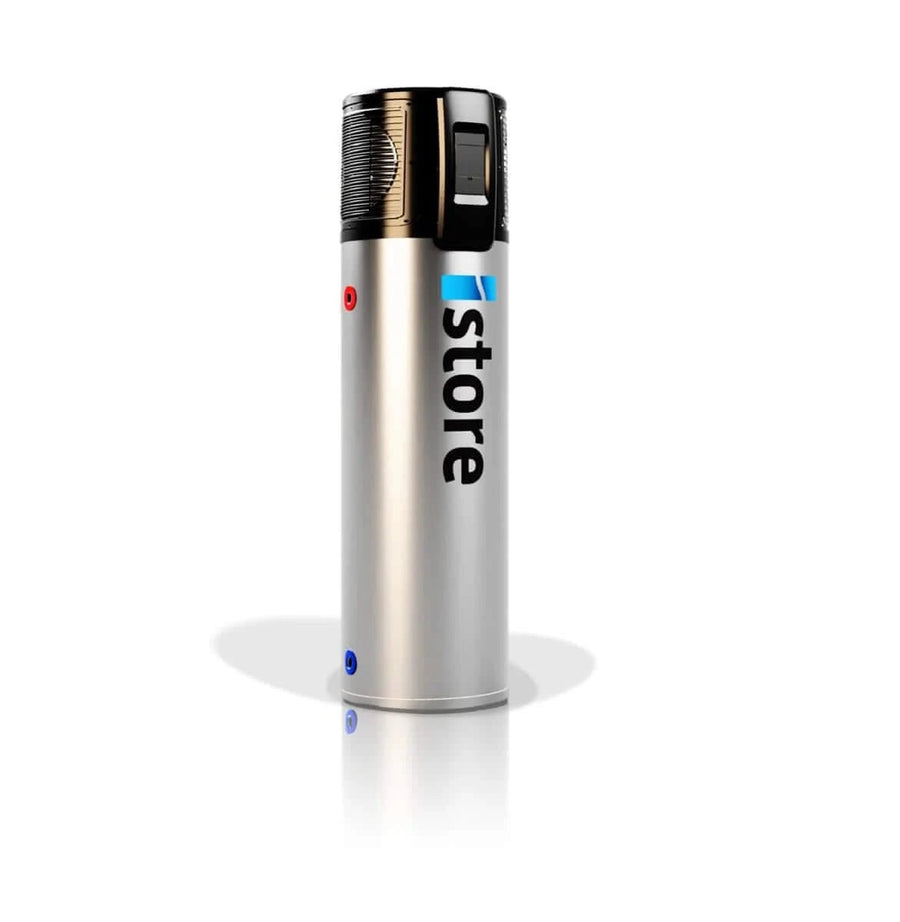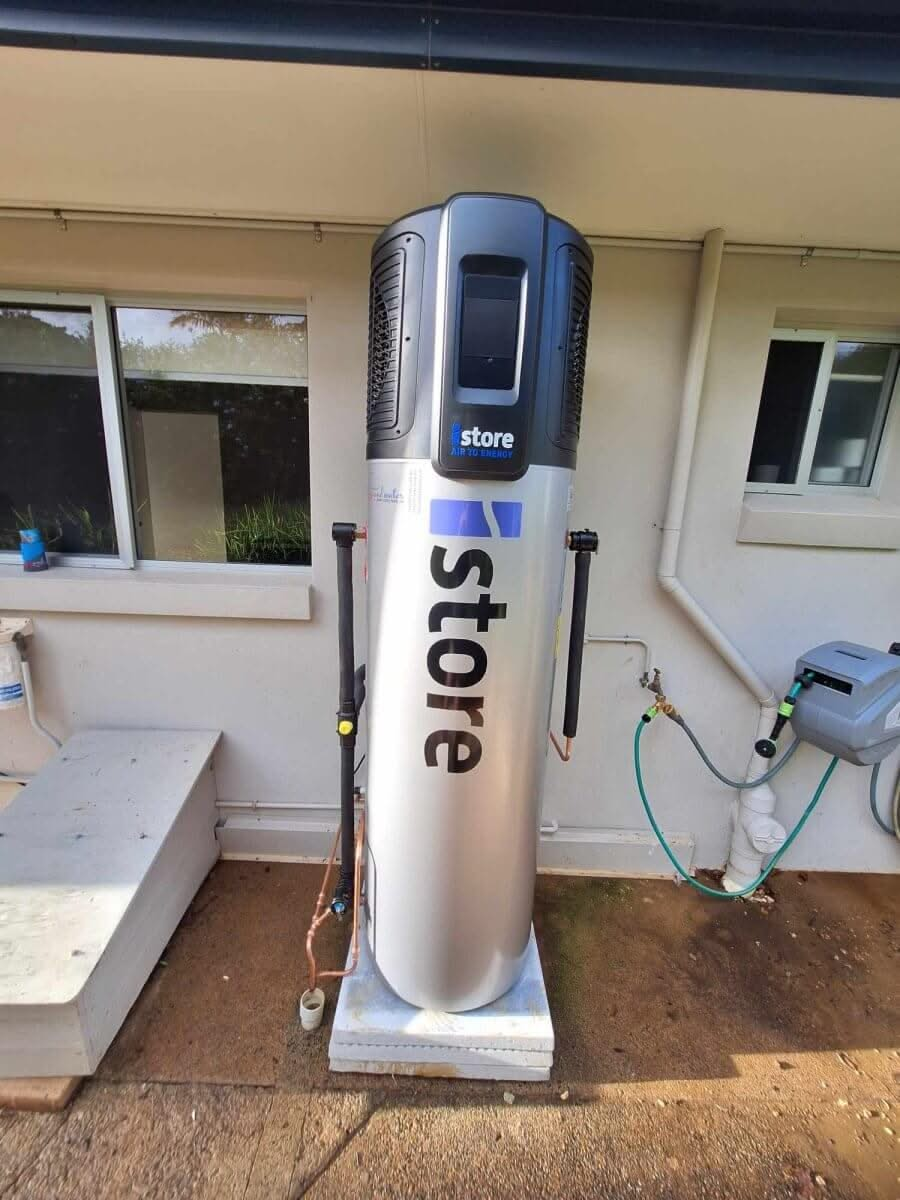Solahart Hot Water System: Your Ultimate Guide to Efficient Solar Heating
Curious about how to cut down on energy bills and support the environment? A Solahart hot water system offers a sustainable solution. This guide covers the features, benefits, cost savings, and performance of Solahart systems, helping you decide if it’s the right choice for your home.
Key Takeaways
-
Solahart hot water systems harness solar energy for efficient water heating, significantly reducing energy costs and environmental impact.
-
Key features of Solahart systems include durable materials, built-in booster heating for low solar days, and options for both gas and electric operation.
-
Financial incentives and rebates make Solahart systems accessible, with potential annual savings of up to 65%, particularly in areas with medium to high solar gain.
Understanding Solahart Hot Water Systems

Solahart hot water systems utilize sunlight to heat water, making them an energy-efficient and cost-effective solution over time. These systems offer significant environmental benefits, reducing greenhouse gas emissions and promoting sustainable energy use by decreasing our reliance on fossil fuels. The basic principle behind Solahart systems is the Thermosiphon principle, which allows hot water to naturally circulate without the need for pumps, enhancing their energy efficiency.
A standout feature of Solahart systems is their capacity to reduce ongoing water heating costs. Traditional water heating can be a significant expense, but by integrating solar technology, Solahart systems can drastically reduce these costs. The Solahart 302SP solar water heater, for instance, includes a built-in electric booster for cloudy or low solar gain days, guaranteeing hot water availability.
The effectiveness of Solahart systems is particularly notable in non-frost conditions, where they can perform optimally without additional measures. As hot water rises from the collectors to the storage tank, the Solahart 302L system ensures a continuous supply of hot water, making it a reliable choice for households looking to switch to solar hot water.
Key Features of Solahart Hot Water Heaters
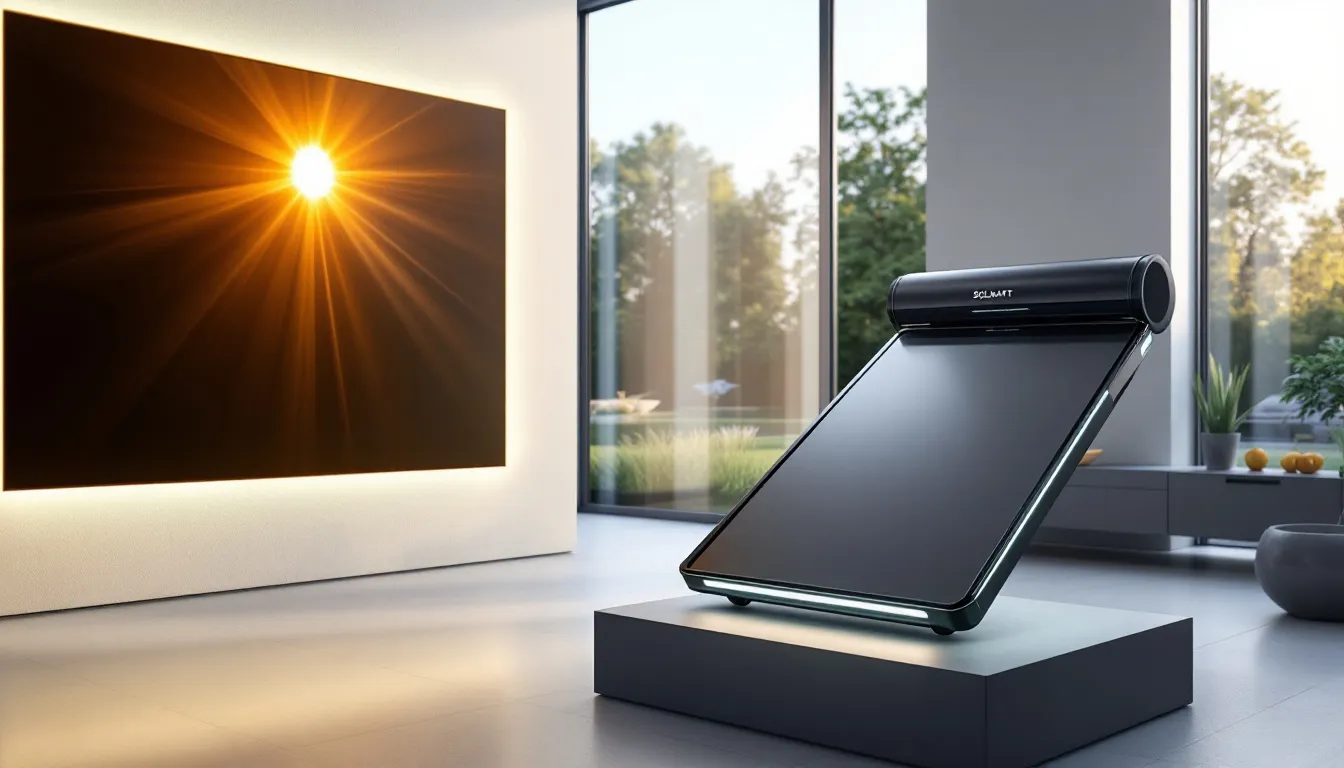
Solahart hot water heaters are designed with energy savings in mind, making them an economical choice for homeowners. One of the key features of these systems is the ceramic-lined tank used in the Solahart L Series, which is designed for optimal durability and long-lasting performance. The copper risers in this series ensure effective heat transfer, maximizing the efficiency of the system.
The booster heating unit is another key feature, activating to heat water during low solar energy gain situations. This ensures that you always have hot water available, regardless of weather conditions. When water falls below the thermostat setting and power is available, the booster provides a reliable backup by engaging to heat the water.
An in-series gas booster, for those who prefer natural gas, heats water only if the temperature is below the preset level, providing energy source flexibility. Electric models of Solahart systems provide various boosting options, such as an in-tank element or a pre-heater with an inline gas booster, to ensure a continuous hot water supply during low solar gain periods.
These features collectively make Solahart hot water heaters a robust and versatile solution for modern households.
Performance in Medium to High Solar Gain Areas
Solahart systems can substantially reduce water heating energy consumption in areas with medium to high solar gain. For households with medium loads, these systems can cut energy use by up to 65%. Larger households can benefit even more, with the Solahart CS13C Series achieving up to 75% reduction in energy consumption. Such energy savings lead to significant reductions in both energy bills and greenhouse gas emissions, making Solahart systems a wise choice for environmentally conscious homeowners.
The Solahart 302SP system is specifically designed for optimal performance in regions with medium solar gain areas and high solar system radiation. It utilizes an innovative multi-flow collector that maximizes the absorption of the sun’s energy, ensuring efficient and effective water heating.
Properly installed and maintained, Solahart systems can last for two decades or more, offering reliable and sustainable hot water for years.
Orientation and Installation Requirements
Solar collectors should face true north in the southern hemisphere for optimal performance, maximizing solar exposure. The collectors’ angle of inclination should align with 90% to 100% of the local latitude, ensuring maximum solar radiation throughout the year. Collectors positioned at a less-than-optimal angle typically yield better summer performance, while a greater inclination angle enhances performance during colder months.
The Solahart Split System offers flexibility in installation, with the option to position collector panels on the roof and the storage tanks out of sight. This is particularly useful for homes with limited roof space or aesthetic considerations.
Adequate space for servicing is required, with maintenance needing the length of the tank on the water connection end and one meter on the other sides. These installation requirements ensure efficient operation and ease of maintenance.
Frost and Over-Temperature Protection
In regions that frequently experience freezing temperatures, closed circuit systems are recommended as they offer protection against freezing conditions. Open circuit systems, on the other hand, are not suitable for cold conditions as they do not provide such protection. Freezing conditions are recognized when temperatures drop below 5°C (41°F), making it essential to choose the appropriate system for your climate.
Solahart systems use the TRV thermosiphon restrictor to control excessive temperatures, maintaining optimal water temperature and system integrity. Issues with the frost valve have been reported, indicating potential operational failures that can compromise the system.
Proper frost protection is vital to maintaining the efficiency and longevity of Solahart systems in cold climates.
Maintenance and Longevity
All Solahart hot water models are built to withstand harsh Australian conditions and come with warranties of up to 10 years, ensuring long-term reliability. Both solar hot water systems and heat pumps require minimal maintenance when properly installed, enhancing their appeal. Annual cleaning of the solar panels is recommended to maintain optimal efficiency.
The solar tank has a vitreous enamel lining and a sacrificial anode to prevent corrosion, ensuring durability and longevity. L Series models come with a ceramic-lined tank and a sacrificial anode for added durability.
Feedback shows that the average lifespan of a Solahart system is around 10 years, underscoring the importance of proper care and maintenance.
Financial Incentives and Rebates
Financial incentives and rebates are pivotal in making Solahart hot water systems more accessible to households. Victorian households, for instance, can receive up to $1000 to help cover the cost of purchasing an eligible solar hot water system through the Hot Water Rebate program. The Renewable Energy Bonus Scheme similarly offers $1,000 for installing solar hot water systems, providing significant financial support.
Small-scale technology certificates (STCs) can also offer financial benefits, typically around $1,000, as an upfront discount from system suppliers. The number of STCs eligible for a solar water heater installation varies by location and system specifics, providing further financial incentives for homeowners.
These government incentives make solar hot water systems a financially appealing option for many households.
Comparing Solahart with Heat Pumps
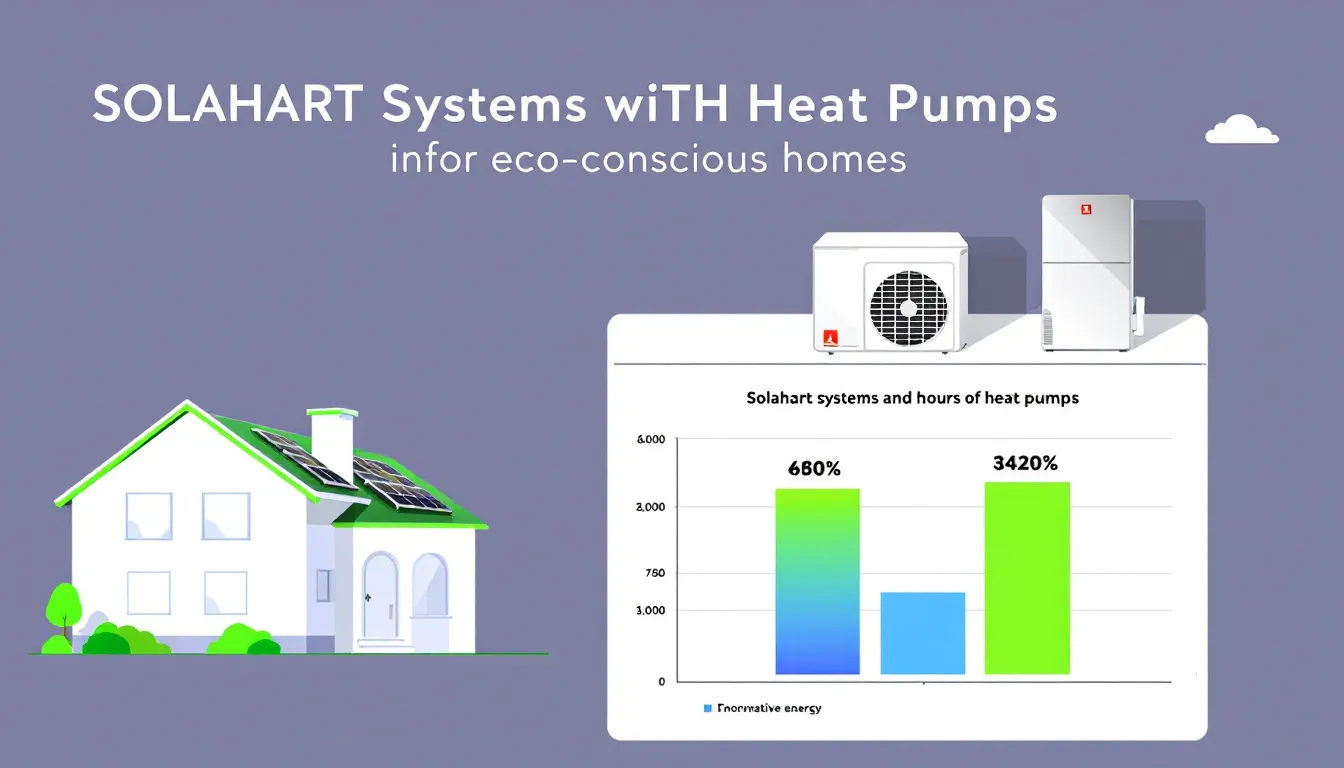
Solahart Synergy Heat Pumps, being 225% more efficient than standard electric water heaters, are an attractive alternative to traditional systems. Heat pumps are highly energy-efficient and can significantly reduce electricity costs compared to conventional systems. While solar hot water systems are ideal for sunny areas, heat pumps can function effectively even in less sunny conditions, offering more versatility.
However, heat pump systems generally have a longer payback period of about 7 to 10 years, compared to 3 to 5 years for solar hot water systems. This difference can be a consideration for homeowners seeking quicker returns on their investment. Additionally, heat pump systems may underperform in colder climates, affecting their efficiency and reliability.
Heat pumps require maintenance every 3 to 5 years, while solar hot water systems typically need servicing every 5 to 8 years, highlighting the upkeep differences. Solar hot water systems can last up to 20 years, whereas heat pumps generally last around 10 years.
Solar hot water systems are highly efficient, producing more energy per square meter than solar power panels, making them ideal for homes with limited roof space. When comparing Solahart systems with heat pumps, considering factors such as geographic location, budget, and personal preferences is essential to making an informed decision.
Cost Analysis and Savings
Annual savings from switching to solar water heating can offset the initial investment, with payback periods usually ranging from approximately 14.5 to 15.3 years depending on energy costs. Operating and maintenance costs for residential solar hot water systems are minimal, estimated at about 0.5% of the initial system cost annually. This makes solar hot water systems a cost-effective long-term solution.
Positive feedback underscores the financial savings users have experienced since installing Solahart systems. Choosing a solar hot water system can significantly reduce energy bills, with potential savings of up to 65% on the sun’s energy consumption.
Integrating solar hot water systems with solar PV can further lower electricity costs, as water heating energy use consumes a significant amount of energy in homes. By diverting solar energy to heat water, homeowners can avoid higher electricity rates for evening water heating.
Using excess solar power for hot water heating increases self-consumption and maximizes the benefits of solar installations. A solar PV system can be configured to divert excess electricity to an electric hot water tank, effectively using surplus solar energy. This integration enables homeowners to use their hot water tank as a form of energy storage, reducing grid reliance and enhancing overall energy efficiency.
Customer Reviews and Feedback
Customers frequently recommend Solahart to family and friends because of its perceived quality and positive impact. Many customers express high satisfaction with their Solahart systems, indicating happiness with the performance.
However, some common issues reported by customers include the booster being frequently on or non-functional, resulting in no hot water. Another issue reported is the quick loss of water temperature overnight or during cloudy periods.
While some users have faced persistent hot water problems and often rely on the booster, leading to dissatisfaction, others have experienced ineffective heating during winter, highlighting performance concerns. Reports of tanks leaking or disintegrating after several years of use point to long-term reliability issues.
Concerns over poor aftersales service have been raised, as some customers had to pay for multiple repair visits. Despite these issues, overall feedback remains largely positive, with many users satisfied with the savings and environmental benefits.
Choosing the Right System for Your Home
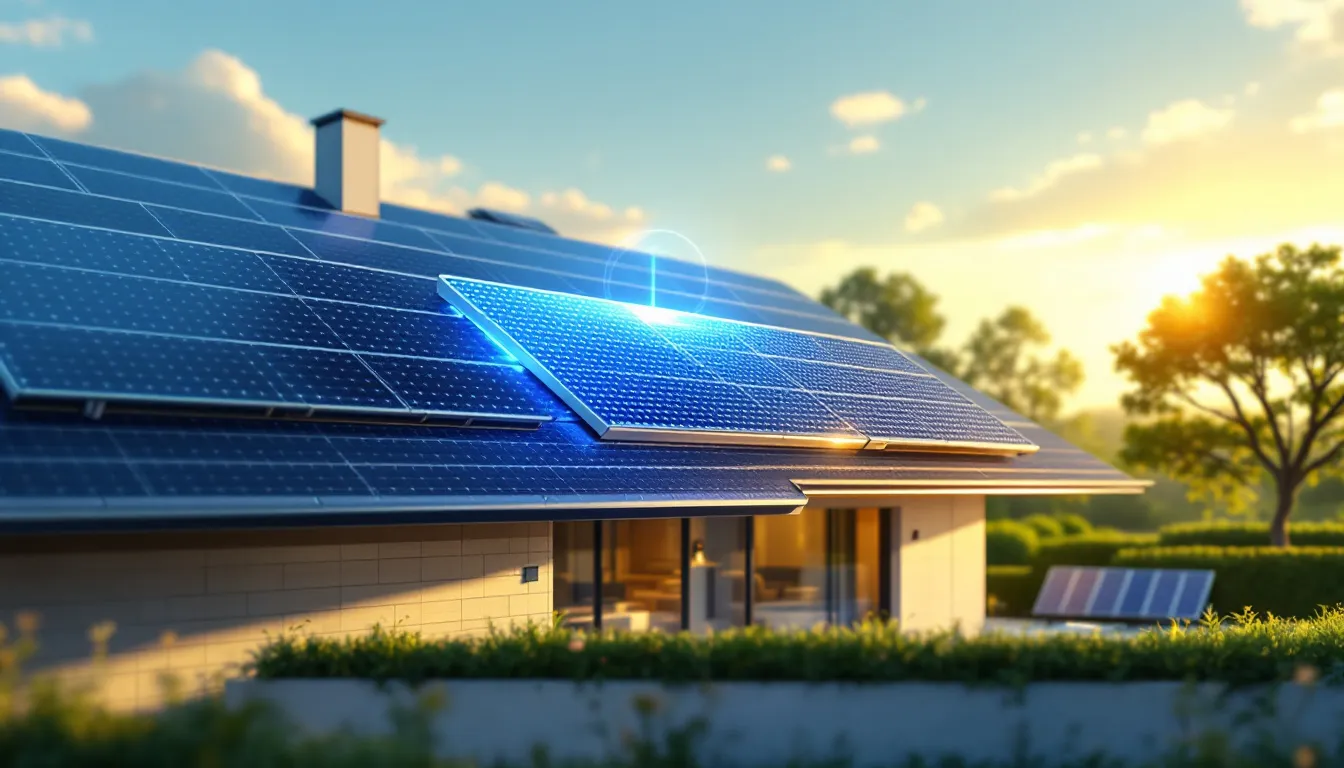
Before:
Choosing the right solar hot water system for your home requires considering multiple factors. These considerations will help you make the best decision for your needs. Household size is crucial, as hot water typically accounts for about 25% of an average home’s energy usage. Local climate conditions also significantly influence system selection, as solar hot water systems can still function on cloudy days, albeit with reduced efficiency. Understanding your household needs and environmental factors will guide you in selecting the most suitable Solahart hot water system.
After:
Choosing the right solar hot water system for your home requires considering multiple factors:
-
Household size, as hot water typically accounts for about 25% of an average home’s energy usage.
-
Local climate conditions, which significantly influence system selection, as solar hot water systems can still function on cloudy days, albeit with reduced efficiency.
-
Understanding your household needs and environmental factors will guide you in selecting the most suitable Solahart hot water system.
Choosing the right system is not just about energy savings but also about ensuring a reliable and efficient hot water supply. An in-home assessment by a local Solahart dealer can provide an accurate quote and help you choose the ideal system for your needs. This personalized approach ensures you get the most out of your investment, leading to long-term satisfaction and energy savings.
Enhancing Efficiency with Solar PV Integration
Integrating Solahart hot water systems with solar PV systems allows for more comprehensive energy solutions. This type of integration can significantly maximize energy efficiency by utilizing solar energy for both heating and electricity needs. By combining these technologies, homeowners can achieve substantial financial savings and reduce their dependency on traditional energy sources.
Using both solar PV and Solahart systems together can lead to greater self-consumption of solar energy, maximizing the benefits of your solar installation. This integration not only enhances energy efficiency but also contributes to a greener future by reducing reliance on fossil fuels and lowering carbon emissions.
For those looking to make the most of their solar investments, integrating Solahart with solar PV offers a fully integrated package that ensures efficient energy use, including solahart smart energy solutions.
Why Consider a Heat Pump Instead?
While Solahart systems offer numerous benefits, heat pumps present an appealing alternative for many homeowners. Eligible households can receive $600 for installing a heat pump under the Renewable Energy Bonus Scheme, making them a more accessible option. The upfront cost of heat pumps is generally lower than that of solar hot water systems, which can be a significant factor for budget-conscious buyers. Additionally, heat pumps are typically more energy-efficient, using ambient air to heat water and resulting in lower electricity bills compared to traditional electric water heaters.
One of the main advantages of heat pumps is that they do not require roof space for installation, making them ideal for properties with limited or shaded roofs. For homes not suitable for traditional solar panels, options like Solahart Atmos-Frost Heat Pumps can provide renewable energy benefits for hot water needs.
The choice between solar and heat pump systems often depends on geographic location, budget, and personal preferences, making it essential to weigh the pros and cons of each option.
Summary
Solahart solar hot water systems utilize solar energy to provide efficient and sustainable heating for residential hot water needs. These systems feature advanced solar panels, durable storage tanks, and additional booster options to enhance performance, especially in regions with medium to high solar gain. Financial incentives and rebates are often available to help offset the installation costs, making them a financially viable option for many households compared to conventional hot water systems. A solar hot water heater can be an excellent addition to these systems.
While Solahart systems offer numerous benefits, heat pumps also provide effective water heating solutions, making it essential to compare both options based on local climate, energy costs, and household needs.
Integrating Solahart hot water systems with solar PV can further enhance energy efficiency and cost savings, leading to a more sustainable lifestyle.
Summary
In conclusion, Solahart hot water systems provide an efficient, cost-effective, and environmentally friendly solution for heating water in residential homes. By harnessing the power of the sun, these systems offer significant energy savings and reduced carbon emissions. Financial incentives and rebates make them even more accessible, while their integration with solar PV systems can further maximize energy efficiency. Whether you choose a Solahart system or a heat pump, making the switch to renewable energy for water heating is a step towards a greener and more sustainable future.
Frequently Asked Questions
How much can I save by switching to a Solahart hot water system?
Switching to a Solahart hot water system can save you up to 65% on energy consumption for medium loads and up to 75% for larger households, significantly lowering your energy costs.
What financial incentives are available for installing a Solahart system?
Installing a Solahart system can result in financial incentives such as up to $1000 from the Victorian Hot Water Rebate program and benefits from the Renewable Energy Bonus Scheme, along with small-scale technology certificates (STCs) that offer upfront discounts from suppliers. These incentives significantly reduce the overall cost of installation.
How do Solahart systems perform in areas with medium to high solar gain?
Solahart systems excel in areas with medium to high solar gain, effectively minimizing energy consumption for water heating while ensuring a dependable hot water supply. This capability highlights their efficiency and suitability for such climates.
What are the key features of Solahart hot water heaters?
Solahart hot water heaters are characterized by energy savings, durable ceramic-lined tanks, booster heating units for low solar gain, and effective heat transfer through copper risers. These features ensure efficient and reliable hot water delivery.
Why should I consider a heat pump instead of a Solahart system?
You should consider a heat pump due to its higher energy efficiency, lower upfront costs, and ability to operate effectively without needing roof space or full sun exposure. These advantages make it a practical choice for many homeowners.



